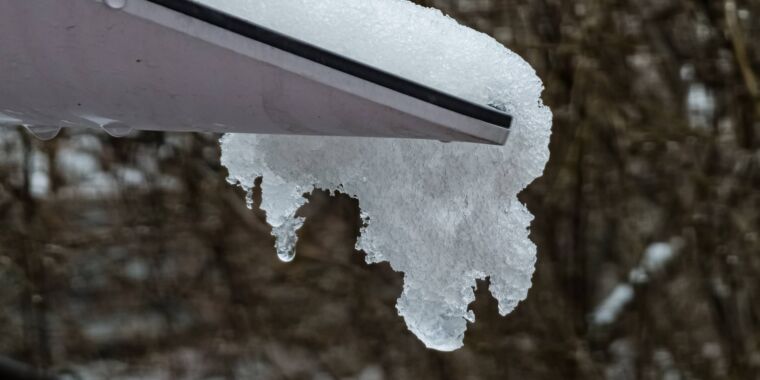Aurich Lawson | Getty Images
For many artists, it’s a precarious time to post art online. AI image generators keep getting better at cheaply replicating a wider range of unique styles, and basically every popular platform is rushing to update user terms to seize permissions to scrape as much data as possible for AI training.
Defenses against AI training exist—like Glaze, a tool that adds a small amount of imperceptible-to-humans noise to images to stop image generators from copying artists’ styles. But they don’t provide a permanent solution at a time when tech companies appear determined to chase profits by building ever-more-sophisticated AI models that increasingly threaten to dilute artists’ brands and replace them in the market.
In one high-profile example just last month, the estate of Ansel Adams condemned Adobe for selling AI images stealing the famous photographer’s style, Smithsonian reported. Adobe quickly responded and removed the AI copycats. But it’s not just famous artists who risk being ripped off, and lesser-known artists may struggle to prove AI models are referencing their works. In this largely lawless world, every image uploaded risks contributing to an artist’s downfall, potentially watering down demand for their own work each time they promote new pieces online.
Unsurprisingly, artists have increasingly sought protections to diminish or dodge these AI risks. As tech companies update their products’ terms—like when Meta suddenly announced that it was training AI on a billion Facebook and Instagram user photos last December—artists frantically survey the landscape for new defenses. That’s why, counting among those offering scarce AI protections available today, The Glaze Project recently reported a dramatic surge in requests for its free tools.
Designed to help prevent style mimicry and even poison AI models to discourage data scraping without an artist’s consent or compensation, The Glaze Project’s tools are now in higher demand than ever. University of Chicago professor Ben Zhao, who created the tools, told Ars that the backlog for approving a “skyrocketing” number of requests for access is “bad.” And as he recently posted on X (formerly Twitter), an “explosion in demand” in June is only likely to be sustained as AI threats continue to evolve. For the foreseeable future, that means artists searching for protections against AI will have to wait.
Even if Zhao’s team did nothing but approve requests for WebGlaze, its invite-only web-based version of Glaze, “we probably still won’t keep up,” Zhao said. He’s warned artists on X to expect delays.
Compounding artists’ struggles, at the same time as demand for Glaze is spiking, the tool has come under attack by security researchers who claimed it was not only possible but easy to bypass Glaze’s protections. For security researchers and some artists, this attack calls into question whether Glaze can truly protect artists in these embattled times. But for thousands of artists joining the Glaze queue, the long-term future looks so bleak that any promise of protections against mimicry seems worth the wait.
Attack cracking Glaze sparks debate
Millions have downloaded Glaze already, and many artists are waiting weeks or even months for access to WebGlaze, mostly submitting requests for invites on social media. The Glaze Project vets every request to verify that each user is human and ensure bad actors don’t abuse the tools, so the process can take a while.
The team is currently struggling to approve hundreds of requests submitted daily through direct messages on Instagram and Twitter in the order they are received, and artists requesting access must be patient through prolonged delays. Because these platforms’ inboxes aren’t designed to sort messages easily, any artist who follows up on a request gets bumped to the back of the line—as their message bounces to the top of the inbox and Zhao’s team, largely volunteers, continues approving requests from the bottom up.
“This is obviously a problem,” Zhao wrote on X while discouraging artists from sending any follow-ups unless they’ve already gotten an invite. “We might have to change the way we do invites and rethink the future of WebGlaze to keep it sustainable enough to support a large and growing user base.”
Glaze interest is likely also spiking due to word of mouth. Reid Southen, a freelance concept artist for major movies, is advocating for all artists to use Glaze. Reid told Ars that WebGlaze is especially “nice” because it’s “available for free for people who don’t have the GPU power to run the program on their home machine.”




